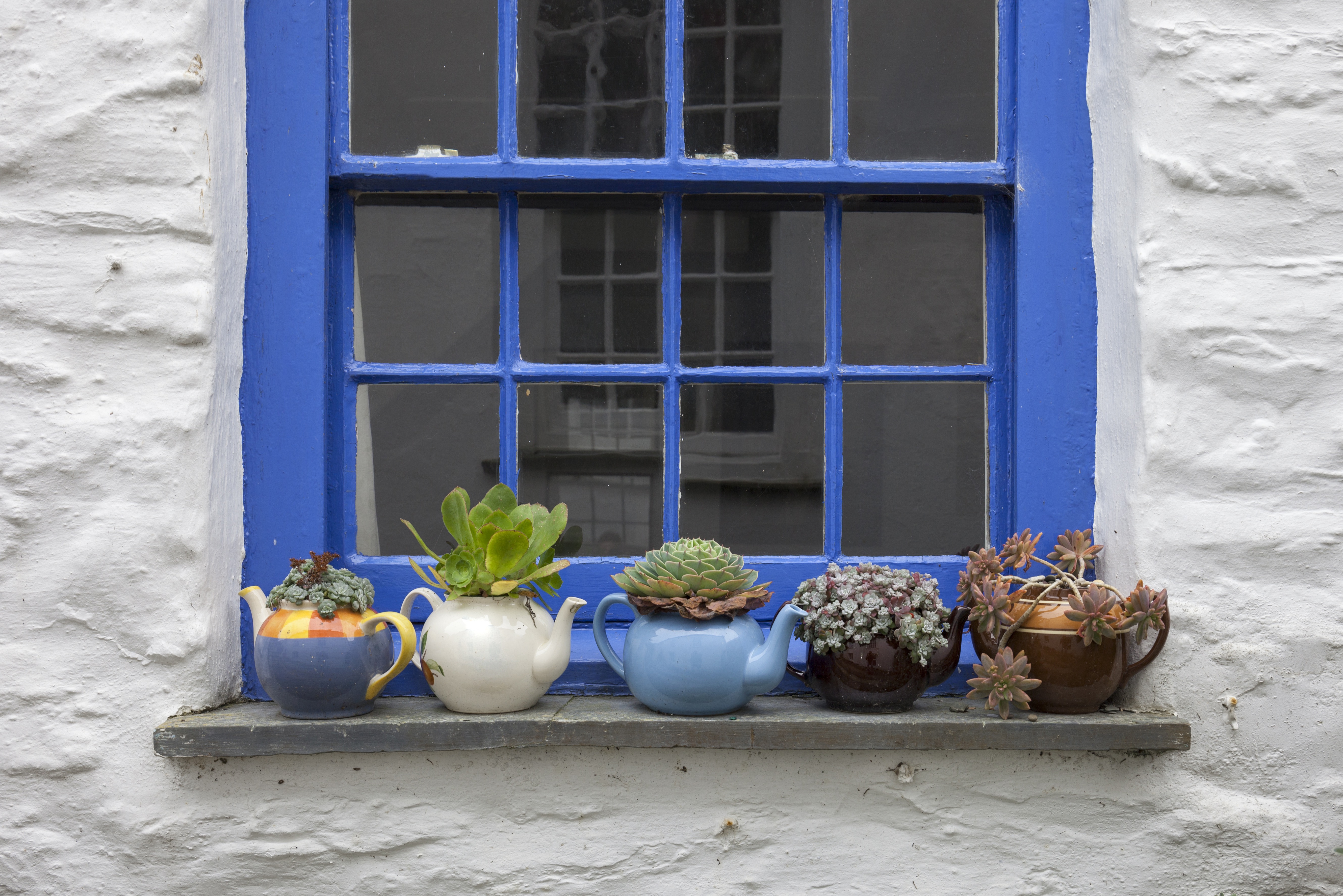
The invention of a light, yet strong, plastic pot in the 1960s changed how we gardened forever. It revolutionised the growing industry and played no small part in the making of the garden centre. The plastic pot meant you could sell plants throughout the year. It led to mechanised potting machines and industrial production of plants. It was a game changer.
The problem with plastic
Plastic is everywhere in gardening – in netting, fleece, hoses, warm and light clothing, waterproofs, wellingtons and tools. But the downside, as we now know, is that it doesn’t go away. It just breaks down into smaller and smaller particles. It is thought that the sea contains 51 trillion micro-plastic particles. By 2050, there will be more plastic than fish in the sea and 99 per cent of all the seabirds on the planet will have consumed plastic. And we are already starting to consume some of that plastic through the flesh of fish and other animals.
In some areas, plastic pots are accepted in kerbside recycling. Sixty per cent of our plastic goes abroad to be recycled, in line with government subsidies. If you recycle in the UK, you only get paid for clean, sorted plastic, and this applies to just 40-50 per cent of an average tonne of collected recycling plastic. If you export, you get paid for the full tonne regardless of contamination. This incentivises processing outside of the UK.
There are several disadvantage to this. First, we’re missing a trick: processing plastic could be a lucrative and innovative market, and from an ethical standpoint we should be dealing with our waste at home, not sending it elsewhere. Second, and perhaps more urgently, is that China, the world leader in plastic recycling, recently announced that it would no longer accept contaminated plastic, which is often impossible to recycle. The hunt is now on to find an alternative and in the meantime the recycling is stacking up.
Top tips for responsible gardening
As responsible gardeners, if you find a recycling point for plastic pots, do your duty. Wash your pots and stack them neatly. Here are a few more tips to help you garden gently.
- Reuse, reuse, reuse: use compost bags as rubbish bags, scrub plastic labels for another year (metal scourers will remove permanent pen ink), and store plastic items, such as pots and propagator lids, out of direct sunlight so that they last longer.
- Question every bit of plastic that comes into your garden. What will you do with it when you’ve finished with it? Is there another option? Consider buying bamboo products and wooden-handled tools.
- Visit the Recycle Now website for details of your local options for recycling specific plastics. Recyclable products are marked with a numbered triangular label to indicate what they are made off. Most plastic pots are made from high-density polyethylene (HDPE, triangular label 2) or polypropylene (PP, triangular label 5). Most kerbside recycling takes Triangular label 2. recyclenow.com
- Buy recycled plastic or biodegradable products where you can.
- Consider using your recycling. It may be the oldest trick in the book, but the humble yoghurt pot makes an excellent seed pot.
